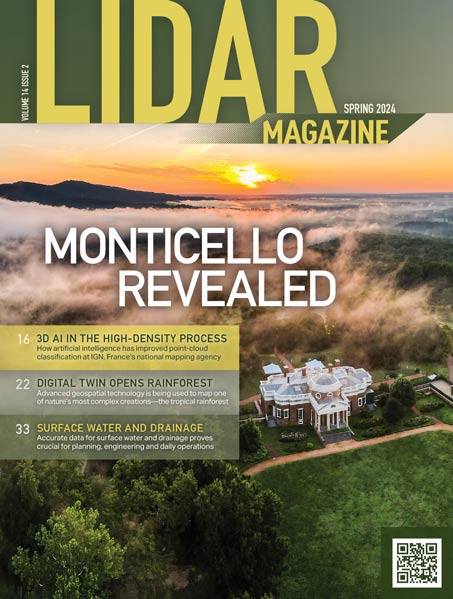London, UK, 25 October 2010 Software from Pointools is being used to create a highly accurate, 3D model to support restoration work at the worlds fourth largest church Duomo di Milano or Milan Cathedral. Millions of laser scanned measurements were combined with other survey data and photogrammetric images allowing researchers from the Politecnico di Milano to generate both 2D and 3D visualisations, classical plans and elevations, as well as computer generated animations. The main aim of the project was to obtain an understanding of the state of the spire in order to support restoration operations ahead of an International Expo due to take place in 2015.
Pointools is simply the best visualisation software on the market at this time, commented course leader Ing. Francesco Fassi. It enables us to visualise a vast number of points, take distance measurements, extract co-ordinates and attach notes and links to other models. Thanks to these relatively simple operations and the power behind the Pointools package a point cloud model can be a usable and useful virtual model in a matter of minutes.
With a project undertaken by the 3D Survey Group at the Politecnico di Milano and supported by the Veneranda Fabbrica (the authorities that manage all ordinary and extraordinary works at the Cathedral) 1.5 billion points of laser scanned data were combined with data from more traditional topographic and architectural survey techniques. More than 600 georeferenced photographs, including some of the dome cladding captured by a UAV (unmanned aerial vehicle) helicopter, were also used to create a highly accurate 3D model from which section profiles could be extracted.
Pointools point cloud modelling software was used to combine the different data sources and create the model and real world visualisations including fly through movies. Using the Pointools plug in for Rhino the accuracy of the model could be checked and different project scenarios designed and modelled.
The survey and modelling of Milan Cathedral forms part of a wider research project to investigate the integration of traditional and innovative technologies for survey and modelling of cultural heritage using Pointools software. This research, undertaken by the 3D Survey Group at the Politecnico di Milano (Director Prof. Carlo Monti) also includes studies of the Torre Velasca (Velasca Tower), St. Marcus Basilica (Venice), ancient Aqueduct Claudio (Roma), archaeological site Diana Temple in Nemi (Roma), St. Andrea Basilica in Mantova, the Fortified Town of Sabbioneta (UNESCO Heritage), IES refinery in Mantova (MOL Group).
Contacts
Web: www.pointools.com
E-mail: info@pointools.com
Twitter www.twitter.com/pointools
About Pointools
Pointools is the leading company dedicated to creating high-performance interoperable software for working with the largest point cloud models files in the broadest range of software applications. Pointools software is used in a wide range of markets including AEC, Arts & Entertainment, Forensics, GIS & Mapping, Heritage, Manufacturing, Mining, Power & Utilities, Research, Security & Defence, and Transportation.
The Pointools software suite includes a technology platform called Pointools Vortex which is licensed by a number of software vendors including Bentley Systems, Inc., a range of software plug-ins for Autodesk products incl. AutoCAD, Map 3D, Civil 3D, AutoCAD Architecture, AutoCAD Mechanical, etc. and Rhino 3D. In addition Pointools offers a professional software suite of stand-alone products for processing and visualising point cloud models. The professional suite includes Pointools Edit and Pointools View Pro.
About Politecnico di Milano
The Politecnico di Milano is a science and technology university producing engineers, architects and industrial designers through a variety of innovative specializing courses, with great attention being devoted to all sides of education. The Politecnico di Milano has always been based on quality and innovation in teaching and research, resulting in a prolific relationship with the economic and manufacturing worlds through experimental research and the transfer of technology. The 3D Survey Group, directed by prof. Carlo Monti, conducts research about surveying and 3D modeling in the Cultural Heritage field (Architectonic and Archeological). Topography, Laser scanning and Photogrammetry are the main topics of the research group. (Contacts: francesco.fassi@polimi.it)
